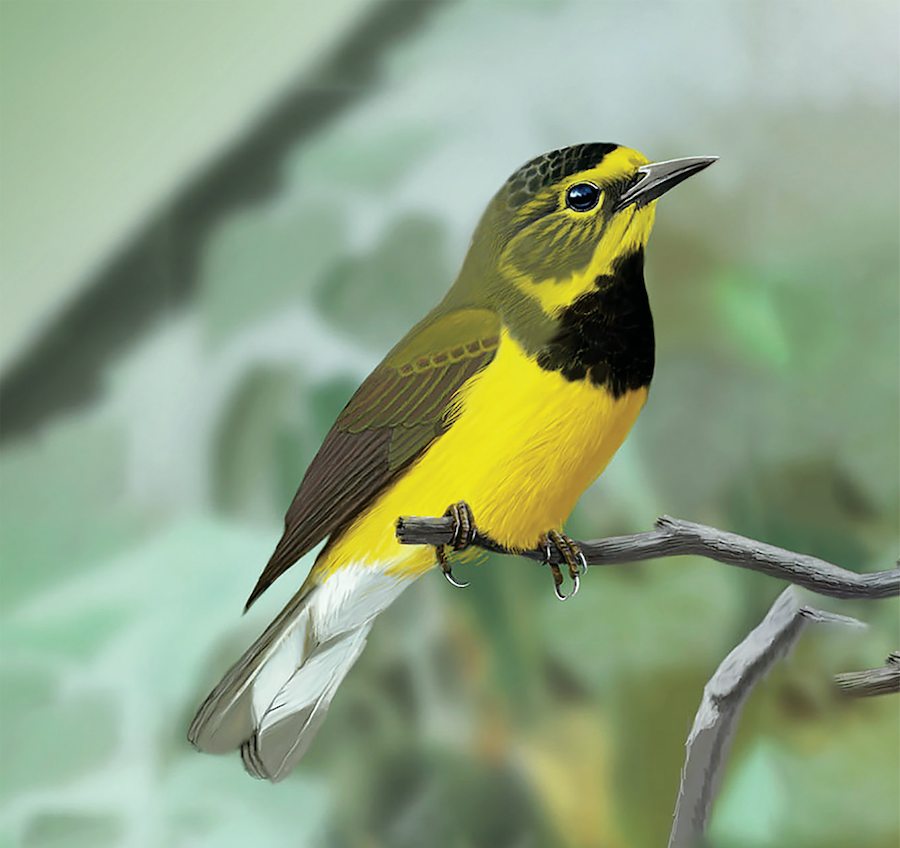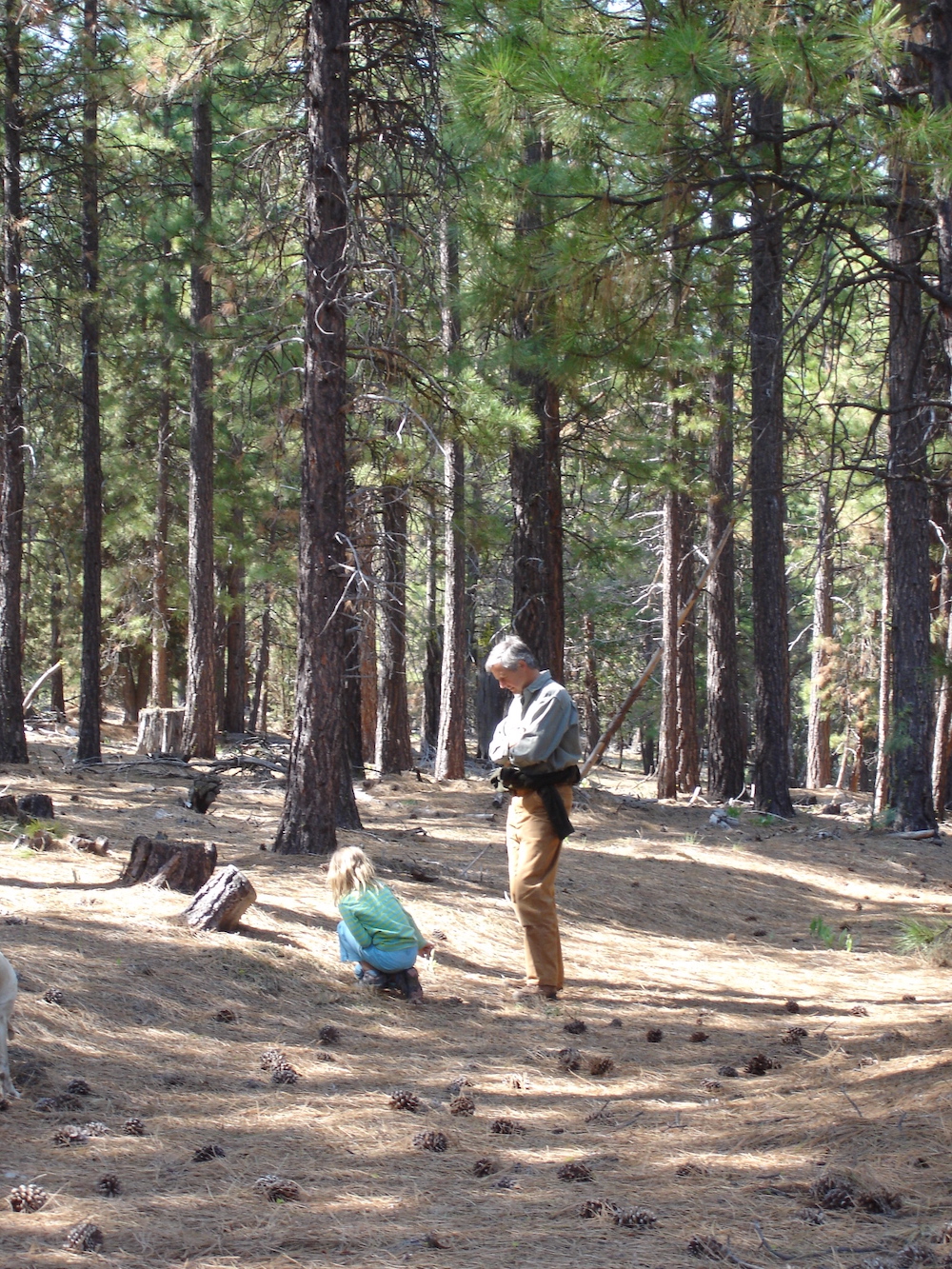
Fall 2021 ForestLife
America the Beautiful or America the Vanishing?
What is the value of a Bachman’s warbler? Last seen in 1988, this beautiful black and yellow forest bird of the southeastern U.S. is now extinct due to habitat loss. It is one of 23 new species that the U.S. declared extinct this October.

Mitch Waite Group
There are over a million species at risk of extinction globally — no such collapse has been seen since the age of the dinosaurs. That extraordinary extinction we could blame on a meteor. But now, people are the driving force of extinction. It’s estimated that the US has over 650 extinct species. Thousands more are known to be at risk of extinction.
To combat this, the US has stepped up with its America the Beautiful, or 30×30, initiative to conserve 30% of our lands and waters by 2030. California has also launched a 30×30 initiative and is putting some significant funding behind it in the state’s 2021 budget. Nationally, the Biden Administration is seeking to fulfill this goal with existing programs in many cases, both increasing their funding and their impact through improvements in implementation. One such common-sense action is to increase voluntary conservation on private lands, especially through working lands conservation easements that ensure well-managed forests. This is a vital, proven, and efficient tool for conserving forest habitats, especially when private lands are checker-boarded with federal lands, as in much of the West.

Many landowners committed to conserving and stewarding their forests prefer to work with accredited land trusts to ensure future generations enjoy the beauty and solace lands offer.
Conserving habitats at the landscape scale — which many species need, especially with climate change — requires working collaboratively with willing landowners. President Biden has called upon federal agencies to reexamine current policies to see how cooperation with private landowners can be improved. Agriculture Secretary Vilsak echoed this in his comments on increasing voluntary private lands conservation after the inaugural meeting in August of the Interagency Working Group charged with carrying out 30×30.
Working Forest Conservation Easements, such as those acquired and stewarded by PFT and other land trusts, are an elegant tool to achieve these and other Administration goals, such as increasing climate adaptation. Congressman Jared Huffman (CA) and a number of other federal lawmakers have specifically urged Secretary Vilsak to increase the protection of private working forests through a minor change to the USDA Forest Legacy Program (FLP). They are urging the Secretary to allow accredited land trusts to work with states to hold the conservation interests acquired with help from the FLP.
This would increase the reach and scope of the program, as many landowners don’t want to expand governmental control of their land but are willing and committed to conserving and stewarding their lands with non-governmental partner land trusts. This minor change would also leverage FLP dollars by bringing in more private support, decreasing long-term costs for governments and increasing compatibility with state funded forest conservation programs. This is a sensible, locally-driven, low-cost yet high impact action that would significantly accelerate saving our wildlife heritage for future generations.
